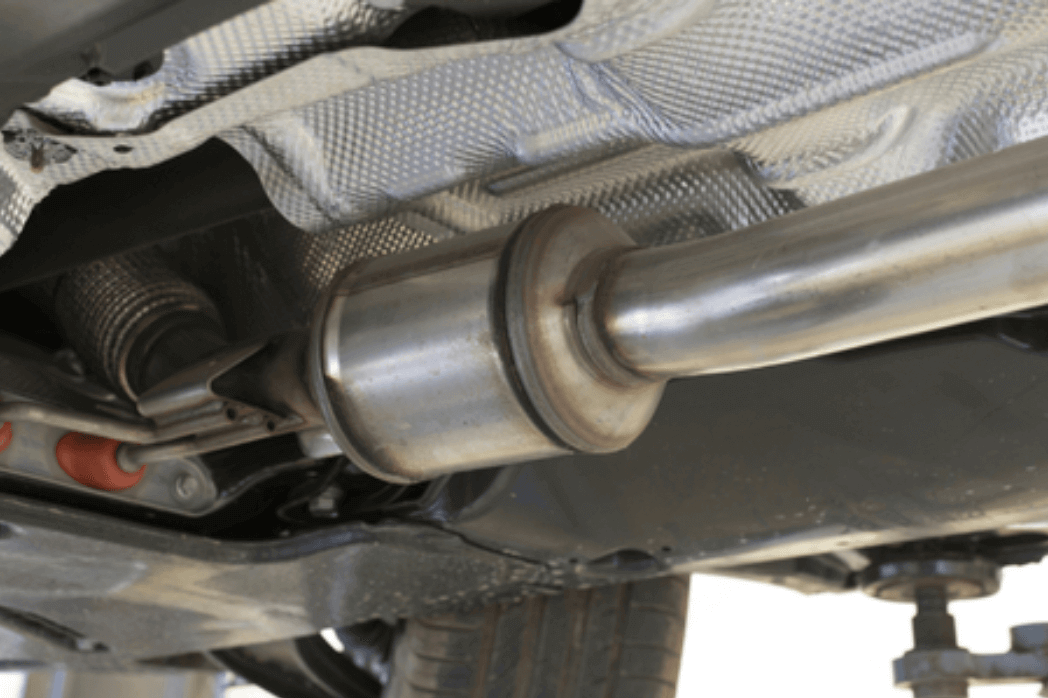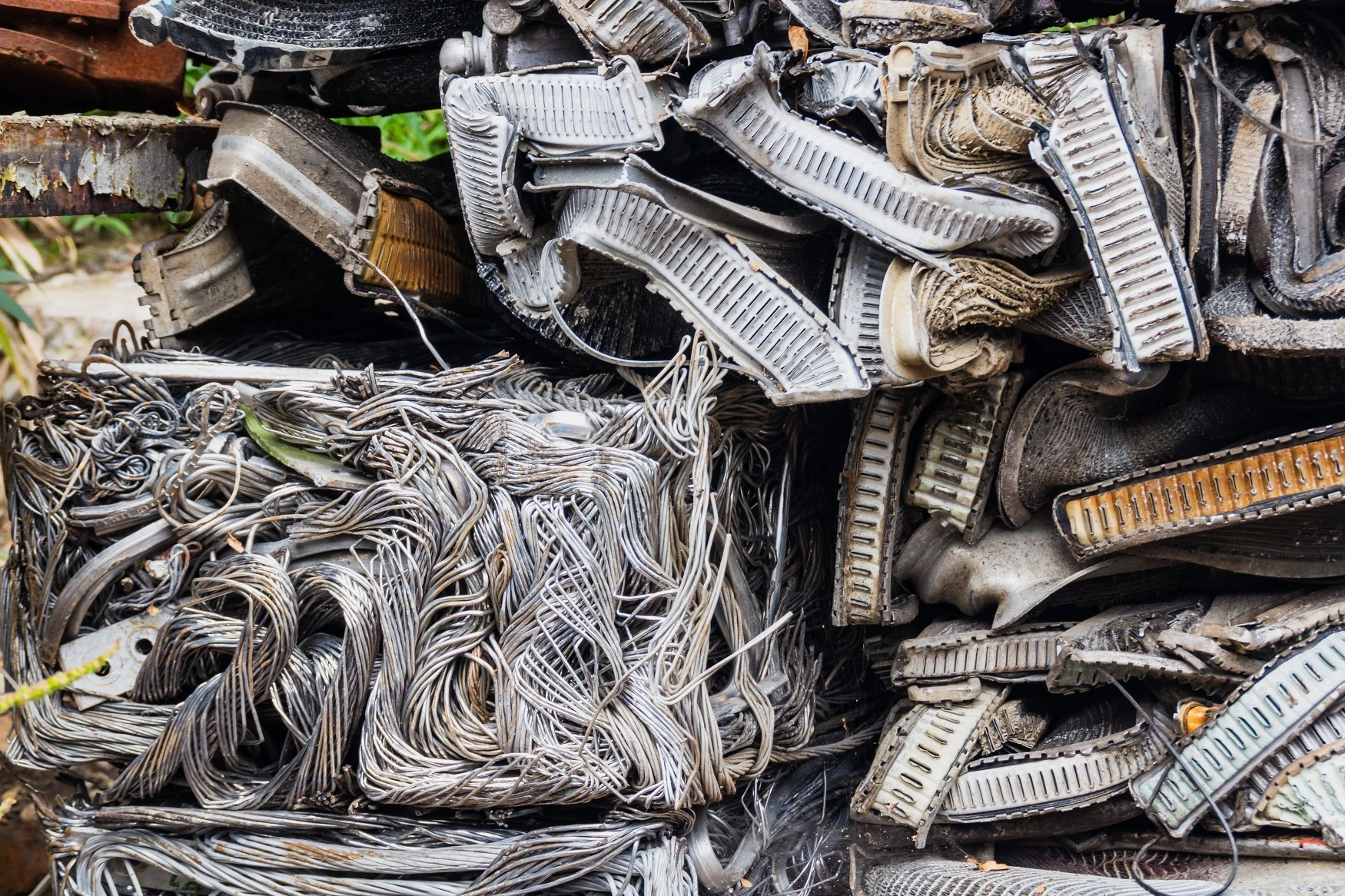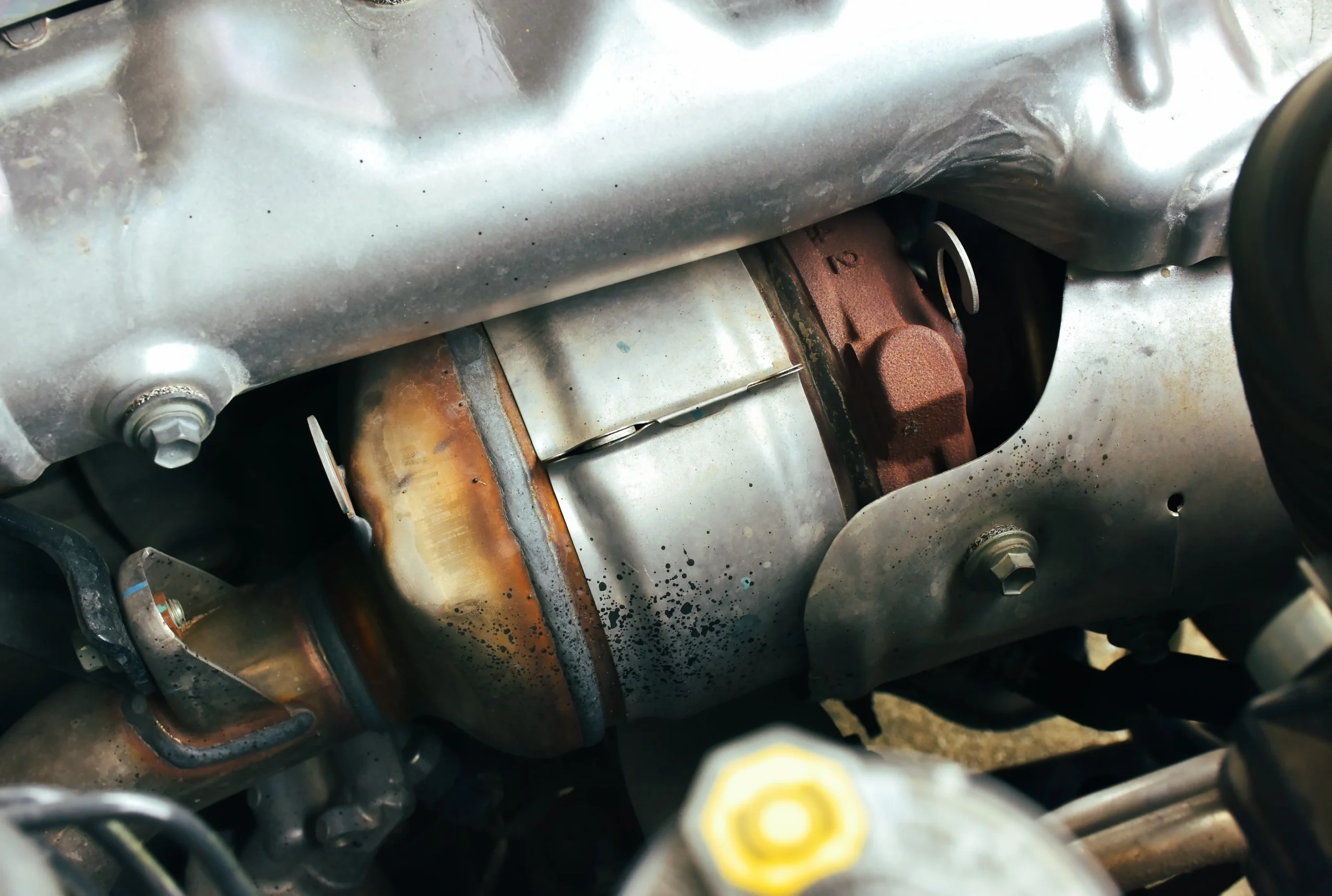In the bustling streets of South Africa, amidst the hum of industries and vehicles, lies an often overlooked but crucial environmental and economic process: catalytic converter recycling. This process not only contributes significantly to environmental conservation but also holds substantial economic value. For those curious about how this intricate process works, let’s dive into a detailed, friendly guide, highlighting a notable player in the field, South Group Recycling.
Step 1: Collection and Transportation
The journey of catalytic converter recycling begins with collection. People often wonder how these devices reach the recycling centers. It starts with gathering used catalytic converters from auto repair shops, junkyards, and individual sellers. Companies like South Group Recycling in South Africa play a pivotal role in ensuring these converters are collected efficiently and transported to recycling facilities.
Step 2: De-canning and Crushing
Once at the recycling center, the first step is ‘de-canning.’ This process involves removing the metal casing of the catalytic converter to expose the honeycomb core, which contains the valuable metals. The honeycomb core is coated with precious metals like platinum, palladium, and rhodium. These metals act as catalysts, converting harmful vehicle emissions into less harmful gases. The core is then crushed into a fine powder, making the extraction process easier.
Step 3: Sampling and Assessing the Value
Determining the catalytic converter price is a critical step. A sample of the crushed material is analyzed to ascertain the concentration of precious metals like platinum, palladium, and rhodium. Based on the metal content, recyclers like South Group Recycling can estimate the value of the material.
Step 4: Extracting Precious Metals
The heart of catalytic converter recycling lies in metal extraction. The crushed material undergoes various chemical and physical processes to separate and purify the precious metals. This step is crucial, as the purity of the extracted metals significantly influences the catalytic converter price.
Step 5: Refining and Selling
The extracted metals are then refined to further purify them. Once they reach a sellable purity, they are sold to various industries, including automotive, electronics, and jewelry. This step turns the recycling process into an economically viable venture.
Step 6: Environmental Reporting and Sustainability
An often-overlooked aspect of catalytic converter recycling is its environmental impact. Companies like South Group Recycling ensure that their processes are eco-friendly and adhere to environmental regulations. By recovering precious metals like platinum, palladium, and rhodium, it reduces the need for new mining activities, which are often detrimental to the environment. Additionally, recycling these components helps in reducing landfill waste, as catalytic converters are bulky and contain materials that can be harmful if not disposed of properly. Through these efforts, companies like South Group Recycling in South Africa are not only contributing to a circular economy but also helping to lessen the ecological footprint of automotive waste.
Final Thoughts
Catalytic converter recycling is more than just an industrial process; it’s a vital component of our environmental and economic landscape. Those looking for “catalytic converter buyers near me” in South Africa have a great recycler option – South Group Recycling. Companies like South Group Recycling are contributing to a greener planet and a sustainable future.
If you’re looking to understand more about catalytic converter recycling or seek services in South Africa, we recommend contacting us!



